I know that behind every large company, division or group of workers there is intelligent organizational development: development tailored to the goals of a company, division or group of workers and to a person who helps staff understand how it is suitable for larger symbol context. Those are the building blocks of your business.
A couple of months earlier, I had mostly drawn up my team graph and was incredibly proud to see my company’s development laid out before me.
My luck aside, organizational development has helped the team of workers understand their position within the company, the team of workers they are part of (even if they no longer always work together), and the large number of services while each individual plays.
Without the correct development and building blocks in place, a business may not function effectively or even collapse. On the other hand, new families or rapidly growing businesses won’t know which organizational development is perfect for them and why.
So, how do you decide which type of organizational development is best for your company, division, or group of workers? Faster than we can solve this problem, we first want to understand how organizational development is built.
Let’s discover 9 key parts of organizational development using some visual examples.
1. Chain of command
One of the most fundamental parts of an organizational development, the chain of command, is just what it sounds like: an unbroken line of authority that extends from the best of the crowd (e.g. a CEO) to the entire real approach all the way down . all the way. The chain of command makes it clear who searches for whom through the crowd.
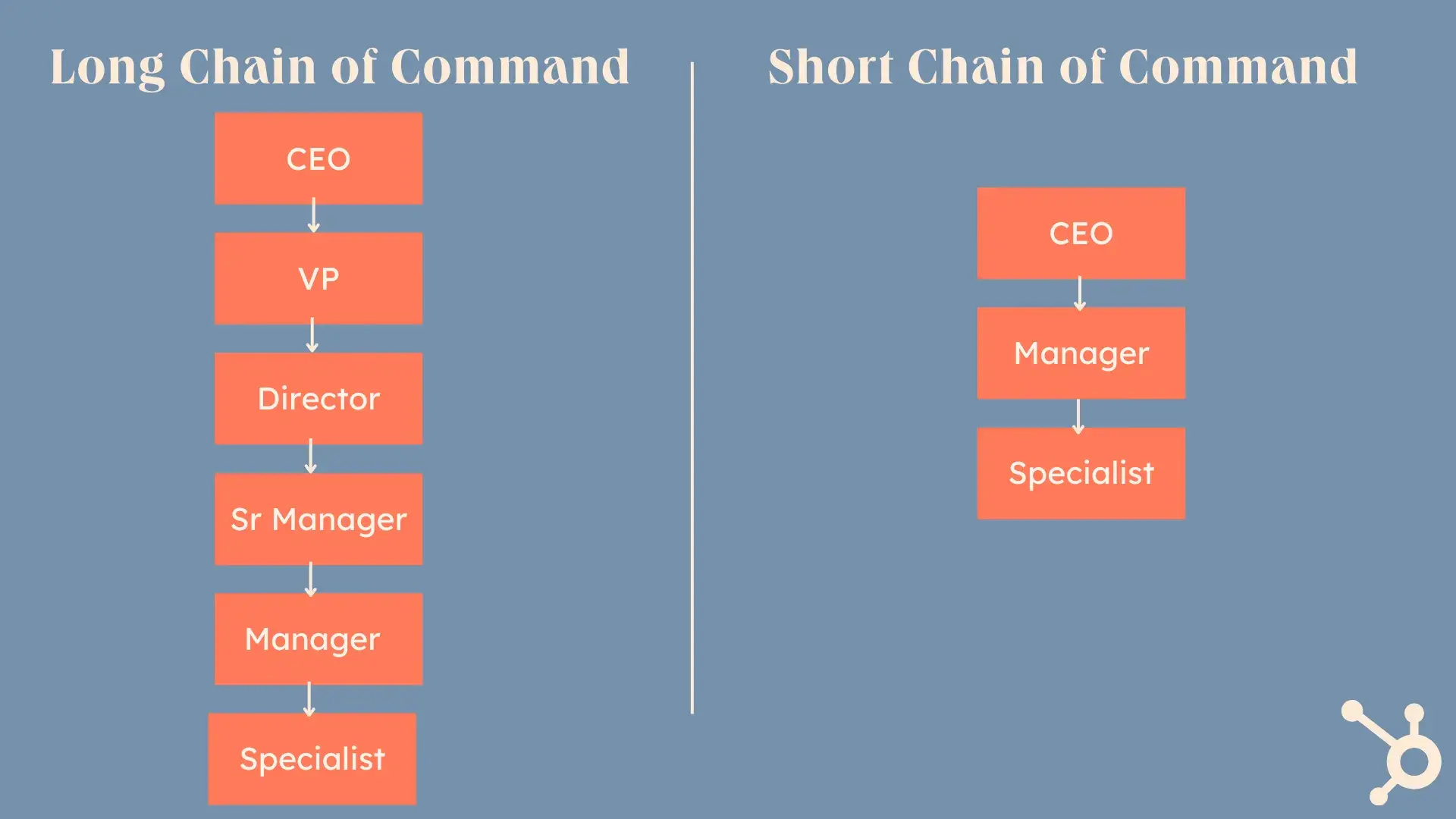
2. Control width
Regulatory range refers to the collection of subordinates that a superior can effectively organize. The greater the ratio of subordinates to superiors, the greater the scope of regulation.
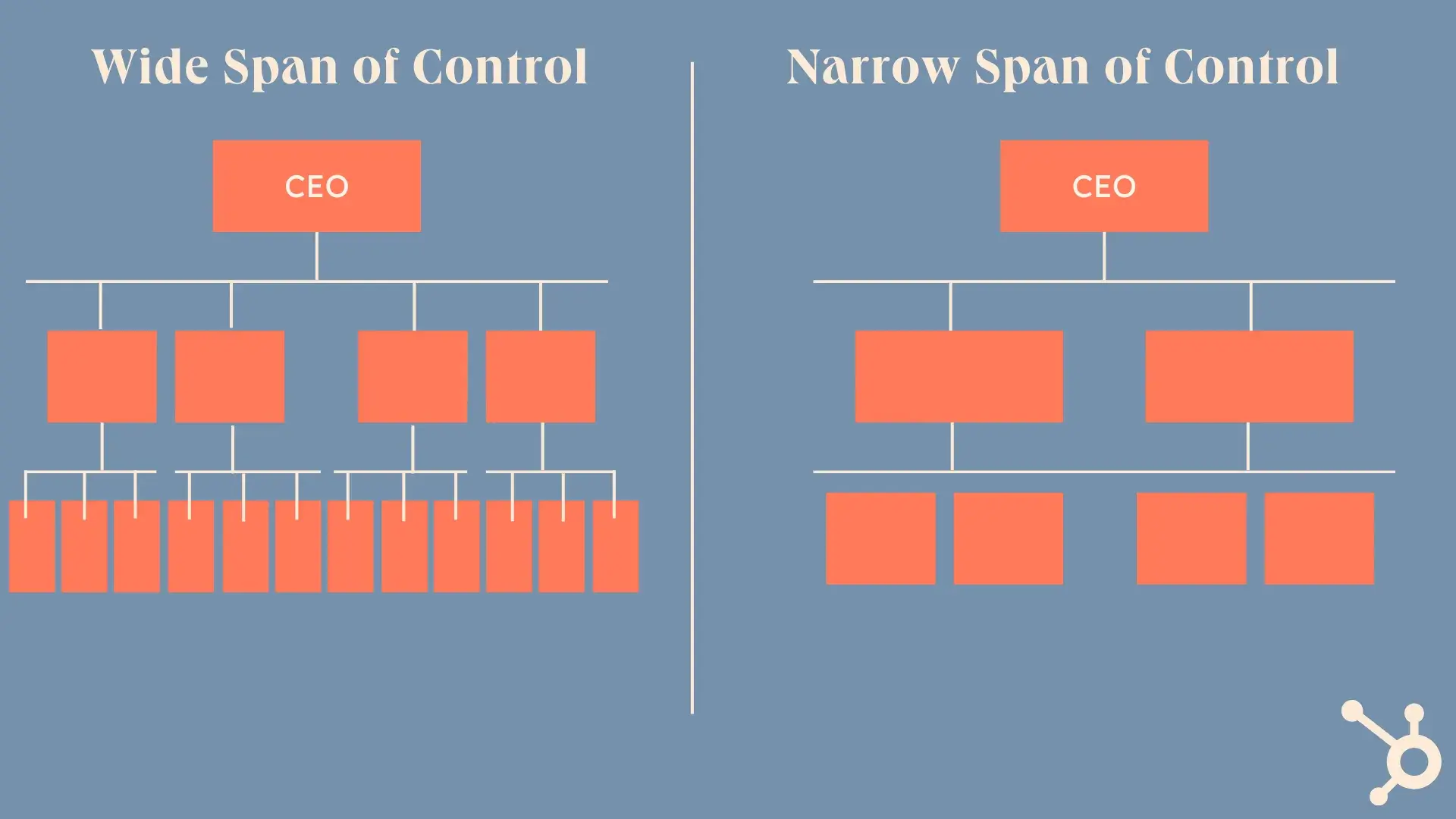
3. Centralization and decentralization
Who makes decisions in an organization? If decision-making power is concentrated in a single phase, organizational development is centralized. If decision-making power is diffused, development is decentralized.
While decentralized development promotes further democratic decision-making, it will actually slow it down, making it harder for organizations to function as effectively.
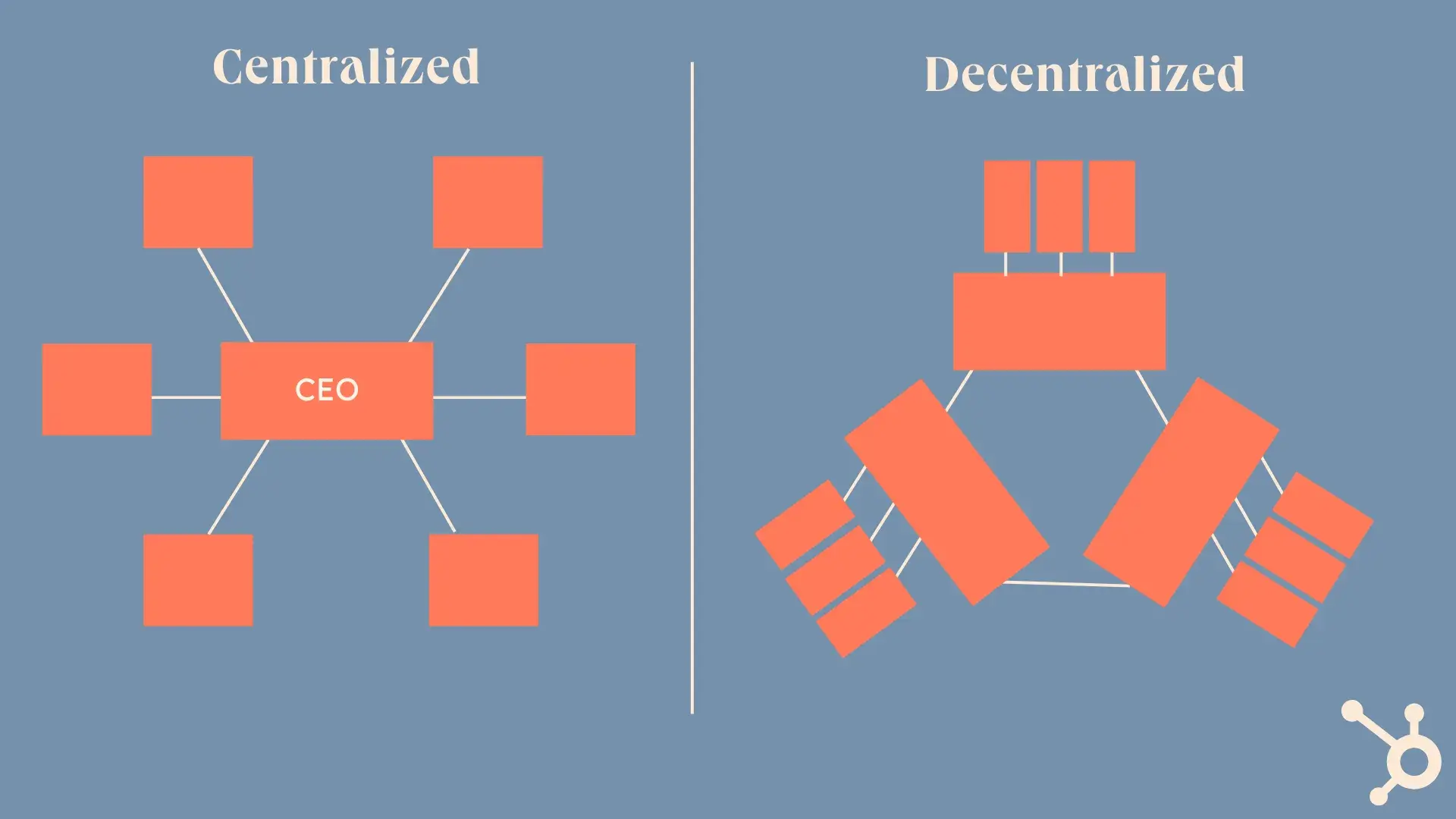
4. Specialization
Often known as division of labor, specialization is the extent to which movements or tasks in an organization are broken down and divided into individual jobs.
Even high specialization can actually be useful for an organization, as it allows staff to become “masters” in particular areas, thus increasing their productivity.
On the other hand, low specialization allows for greater flexibility, as staff can simply tackle a wider range of tasks (rather than being specialized for a single process).
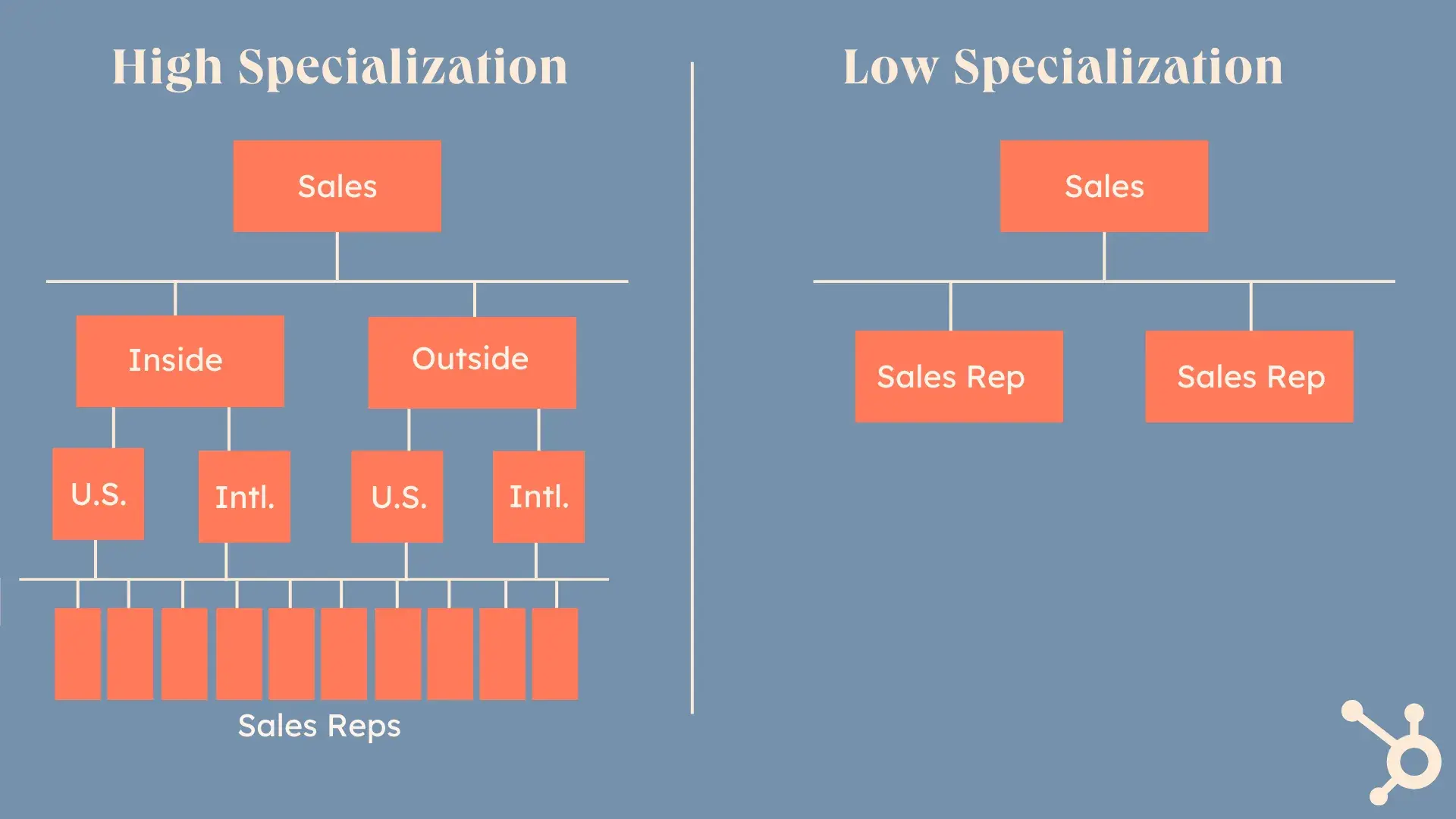
5. Formalization
Similar to specialization, formalization depends on how jobs are structured within an organization. The necessary differentiator is that formalization also considers the extent to which rules, procedures, and other mechanisms govern an employee’s tasks and movements.
Proper organizational development seeks to separate the individual from the service or position, because the service or position remains the same regardless of who holds it. A casual team, on the other hand, places additional value on the individual. It allows a role or position to evolve in line with an individual’s preferences, skills, etc., and places much less importance on the team of workers or department they are part of.
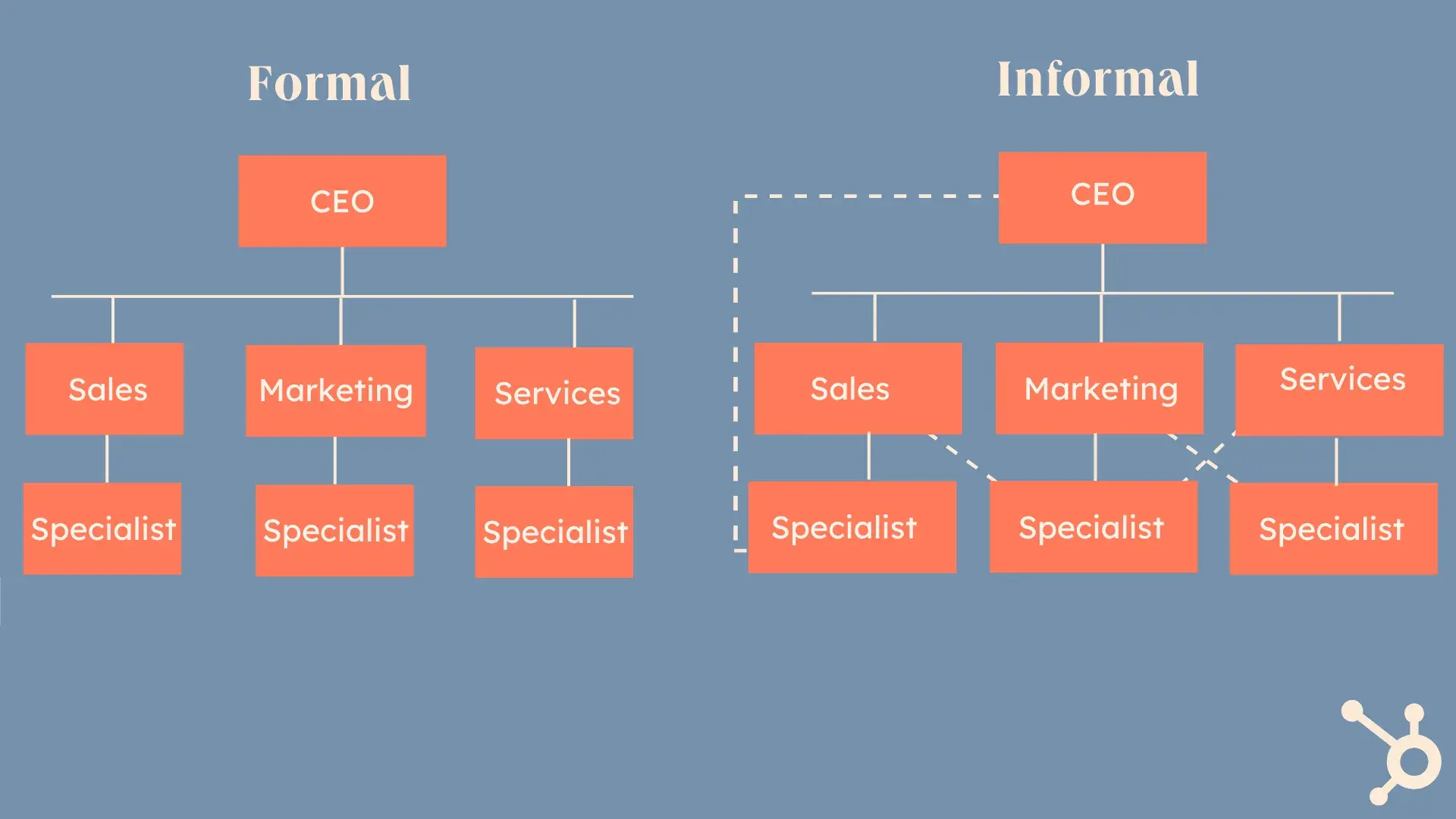
6. Departmentalization
Departmentalization refers to the process of grouping jobs with the intention of coordinating common movements and tasks.
If an organization has strict departmentalization, each department or group of workers is very impartial and there is little (or no) interaction between different teams. In contrast, loose departmentalization gets to the point that teams have additional freedom to interact and collaborate.
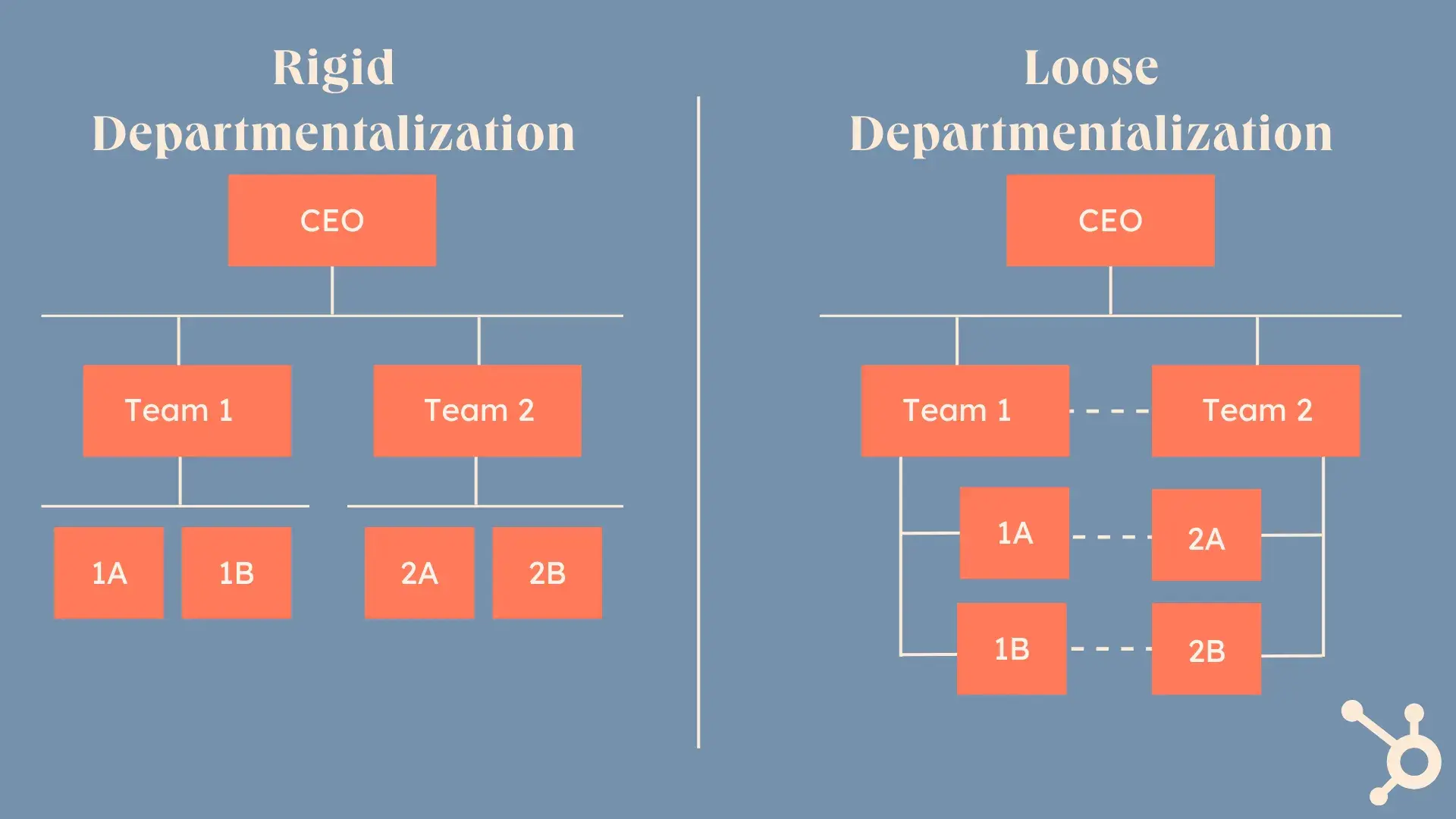
It’s worth noting that the best way for an organization to departmentalize is often used as a proxy for that team’s overall organizational development.
7. Useful development
Realistic development organizes a company into departments similar to product sales, promotion and advertising, finance, human resources, and so on.
Realistic development creates defined roles, and even specialists can end up in teams that operate in silos and create communication problems.
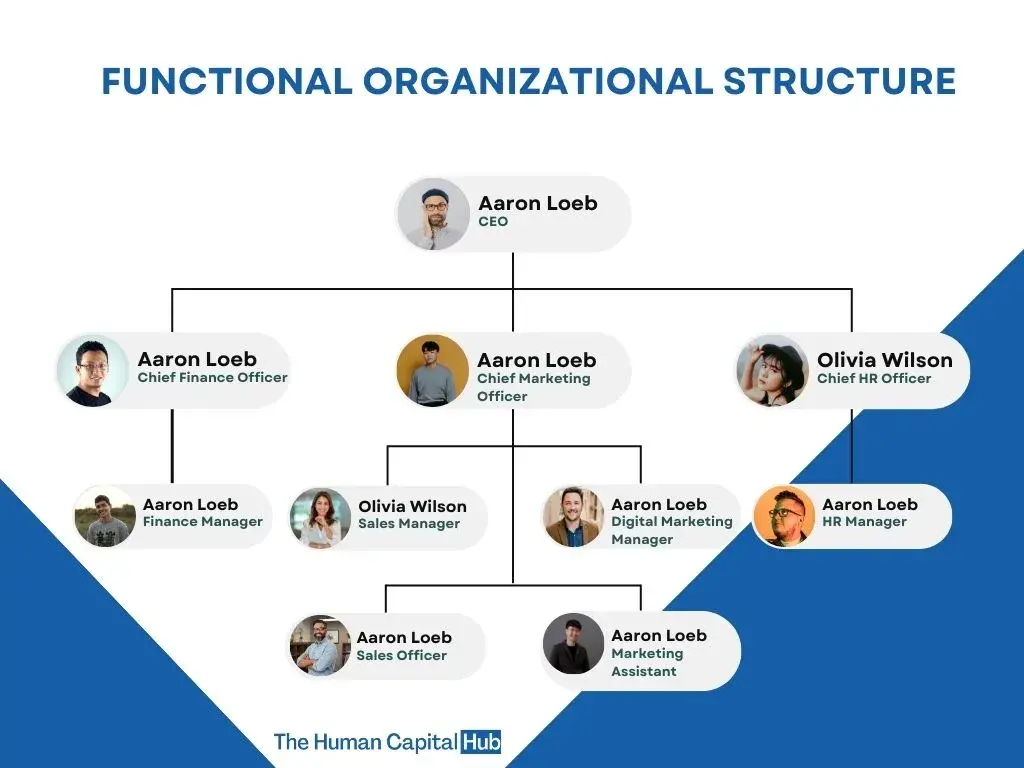
Supply
8. Divisional development
A divisional development organizes teams across products, markets, or geographic locations, allowing each division to act independently and be aware of particular needs.
This development offers flexibility and promotes accountability across the division, and the divisions act like mini-businesses, most often with their own controls and departments, as you will see in the infographic below.
Divisional development can also be resource-intensive and inefficient if roles are duplicated across divisions without proper coordination. It fits almost perfectly into large organizations comparable to international manufacturers McDonalds, Pepsi or Johnson & Johnson.
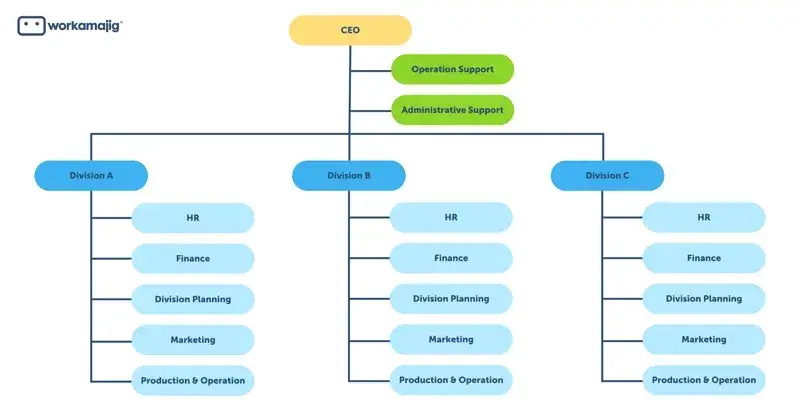
Supply
9. Matrix development
A matrix development combines sensitive and divisional constructions.
The group of workers reports to the company’s managers, which promotes collaboration and flexibility and allows for cross-functional teamwork.
On the other hand, in reality it will become difficult, create conflicting demands and lead to confusion. In fact, it works great for organizations that want to collaborate across departments or handle multiple tasks at once.
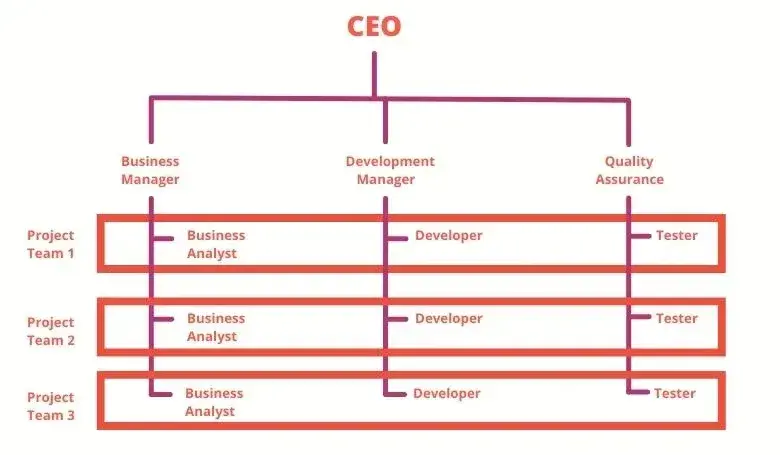
Supply
The right organizational development for you
For the past few years, my business is almost definitely using centralized development, which is fine since my business is also very small. On the other hand, all the choices once again turn to the center stage (me), which I don’t love!
Researching types of organizational constructs helps me see where I might want to take my craft and gives me something to aim for.
It’s important to note that the size of the company is not what determines the right development for you. Faster than deciding on the development of your company, it would be better to think about various things such as your company’s habits, product/vendor, industry, expected growth and much more.
If you would like to learn further about sensible organizational constructions, along with other types of constructions, download the entire helpful helpful resource below.
The editor understands: This post was first published in November 2014 and has been comprehensive thus far.
![]()
[ continue ]
wordpress Maintenance Plans | wordpress hosting
Read more


![The 9 building blocks of the organizational construction of a → Download Now: The Illustrated Guide to Org Charts [Free Guide + Templates]](https://clickseekfind.com/wp-content/uploads/2025/01/The-9-building-blocks-of-the-organizational-construction-of-a.png)










